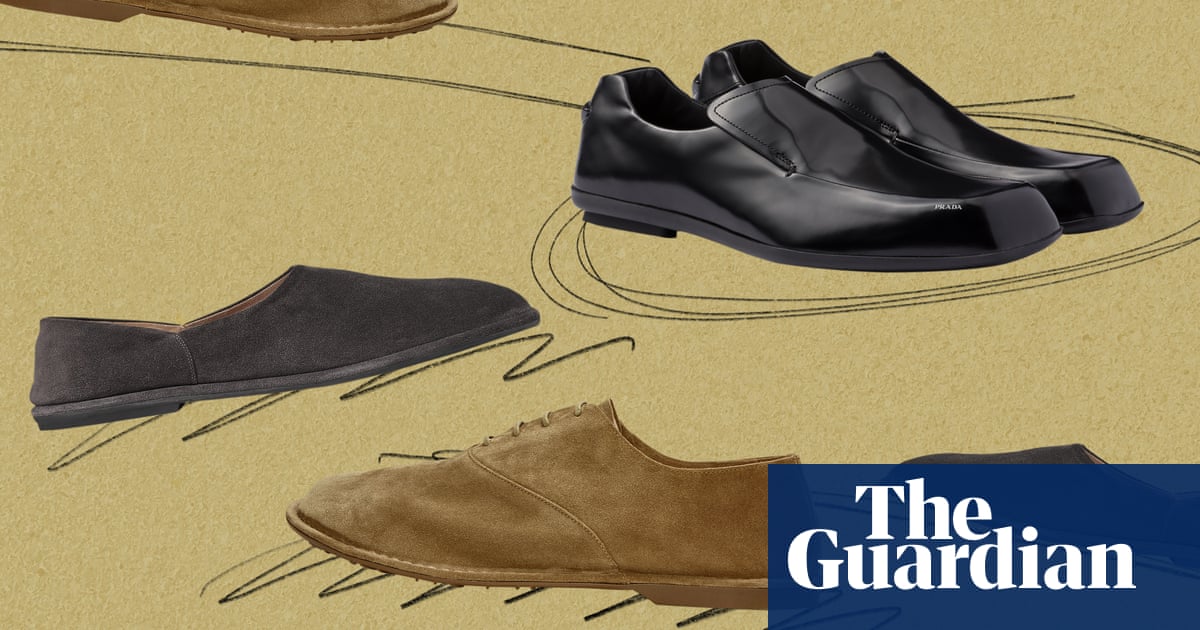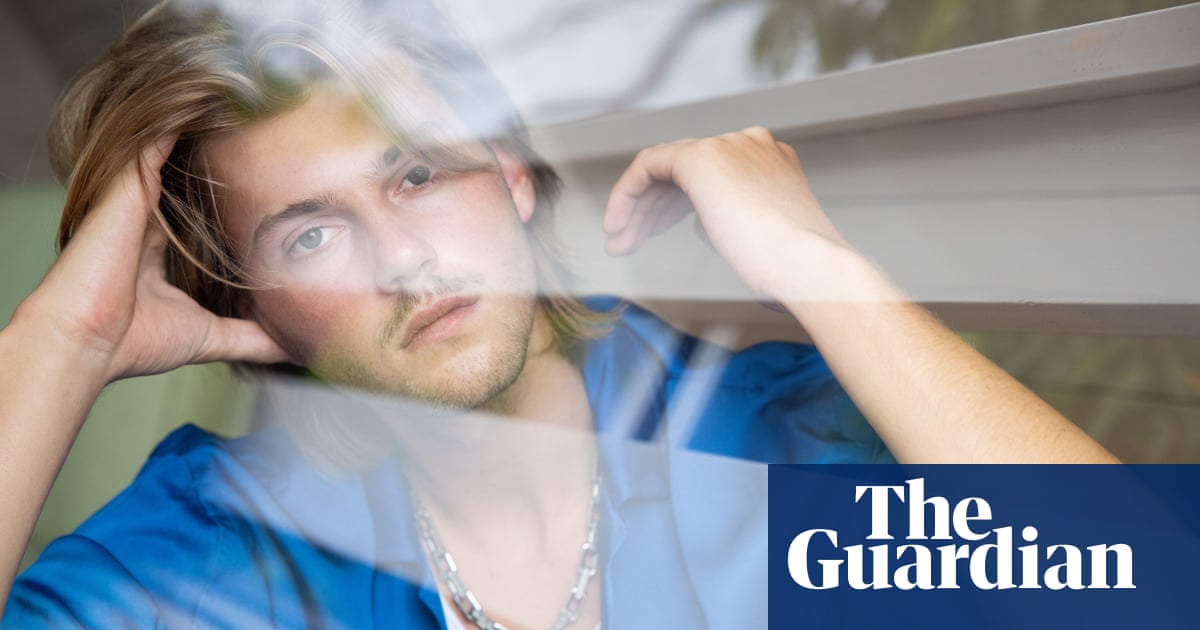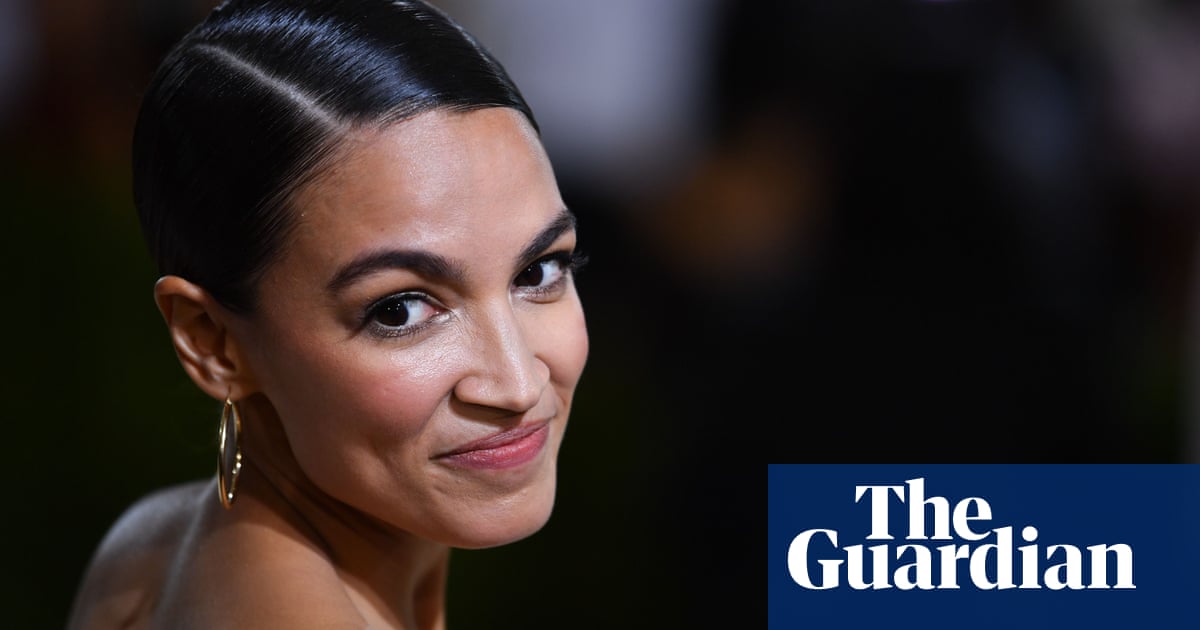
If speed dating mixed with blind dating sounds like your idea of hell, look away now. Ten years since dating app Tinder first encouraged users to swipe through potential partners based largely on their looks, some singles are doing away with profile photos altogether. In the absence of Cilla and “our Graham”, those looking for love are turning instead to a new cohort of “blind dating apps” in the hope of making more meaningful connections.
“I’m already on Tinder, Badoo, Bumble, Hinge – all of them!” says Victoria Brown, a 26-year-old client success manager from Upminster, east London. “A blind dating app seemed like a good idea because usually you think: ‘Oh, he’s really good-looking’ but then, when you start talking, the chat’s not that good. Not seeing what someone looks like, at least at first, gives it a bit of a twist – although I was nervous about the reveal.”
Brown signed up to Blindlee, a blind dating app that hosts three-minute blurred video calls between users who match each other’s criteria. In-app popups offer ice-breaker prompts and, as time goes on, the option to gradually unblur the video image. After three minutes, the app asks participants if they want to continue the conversation – if they both say yes, only then will it create a match and conversation can continue.
“We have seen there is a very high likelihood that people will continue chatting [via messages or video] because they’ve already had this ice-breaking moment,” says Blindlee co-founder Sacha Nasan. The app launched in 2019 but experienced a boom during the pandemic when the average number of matches per user reportedly increased by almost 180%. It now has just under 50,000 registered users spread over a number of cities and is regularly compared to another popular TV dating show: Love Is Blind.
Nasan was single when he had the idea for Blindlee – but has since met his fiancee on the app. “I was using dating apps and found that, essentially, they were maximised for quantity over quality,” he says. “It makes you judge a book by its cover – it’s only when you match that you start to chat and, in many cases, you never start to chat because the matches are ignored. We wanted to flip the equation. We said: ‘Why don’t we put a little more effort in before the match is created?’”
The downside? Unlike apps that allow users to respond to messages at their convenience, Blindlee requires both participants to be online at the same time. Ultimately, Brown never managed to make a connection. “I had one missed call, but I was out and about,” she says. “I tried at different times of the day but no one picked up.”
It’s a problem that may well be overcome by S’More, another relative newcomer to the digital dating market, where users’ photos are obscured until 15 messages have been sent back and forth, and profile information can be customised in more than 250 ways to “really let your personality shine”.
“Before you know it, you’re in a conversation which is much more intentional than you might find on other swipe apps – 70% of the conversations continue after photos have been revealed,” says S’More’s CEO, Adam Cohen-Aslatei. The app launched in June 2020 in the US, where it has 400,000 users and is the country’s fastest growing dating product. A UK launch, Cohen-Aslatei tells me, is imminent.
He puts the appeal of blind dating apps down to generation Z’s behaviour. “It’s fundamentally different from that of millennials, generation Xers and boomers, for whom the experience [of app-based dating] was much more transactional, more based on looks and being efficient, swiping fast,” he says. “Generation Z can see good-looking people on pretty much any social platform, including TikTok and Snapchat, so they’re much more interested in content. It’s a trend that we’re seeing in the dating space, too: people want to engage with a user’s content before they want to see who the user is.”
There is also hope that blind dating apps could help counter prejudice and discrimination. “For ethnic and visible minorities, their experience on other apps can be diminished,” says Cohen-Aslatei. “I wanted to make sure that S’More was a place where people weren’t judged based on superficial attributes.”
Dating and relationship consultant Dr Kathrine Bejanyan feels optimistic about the rise of apps that aren’t so reliant on looks. “If the first thing you’re confronted with is someone’s physical appearance, before you know about their intellect, character, moral stance or values, then you can end up giving too much weight to it,” she says. “Physical attraction has its place, but blind dating apps mean you first give someone a chance based on who they are. Sometimes, we’re just not physically attracted to someone – but other times, once we get to know them, their physical appearance, to us, actually changes.”
Further fuelling the trend for photo-free dalliances, Tinder added a “Fast Chat: Blind Date” feature this year in order to “answer Gen Z’s call for nostalgia and authentic connections”. Again, matches are created based on user preferences as well as compatibility questions, and full profiles (including pictures) are only revealed if both parties decide to match after chatting via the app.
“I thought it was really innovative and creative,” says Klaryssen Oscaga, a 27-year-old program coordinator from Rizal in the Philippines, who gave Tinder’s blind dating feature a go. “It’s a good way to connect with people who are on your wavelength – you don’t get that with swiping left and right on photos.”
Despite her enthusiasm, Oscaga recognises that there are drawbacks. “Sometimes, when you’re matching with someone you can’t see, you picture an ideal person in your mind. When you see how they look, they might not meet the ideal.” Equally, it can be disheartening to find that someone you had a connection with in terms of personality is less keen to keep up the conversation once profile pictures have been revealed.
Tinder’s blind date option featured as one of the app’s rotating “experiences” in its Explore section and is not currently available (although it is expected to make a return). When Tyler Proctor, a 22-year-old executive assistant from Wellington, New Zealand, tried the feature in March, he tweeted: “I love Tinder blind date until I match with somebody I really don’t find attractive and then it’s awkward.”
He also had trouble finding someone with whom he was compatible. “As a larger queer man in a smaller country, it’s incredibly difficult to find dates so I use whatever I can to help,” he says. “Unfortunately, I found I would sit on the matching screen for a long time and often gave up. On the off-chance I did end up talking to someone, the conversation would go one of two ways: the first is that people used their anonymity to be real about their beliefs and were often conservative, anti-vax or racist; the second is that it would go fairly smooth, except it was all surface level.”
Although most blind dating apps do eventually reveal user identity before an in-person meeting, there is a certain sense of jeopardy that comes with not being able to see the person with whom you may be flirting.
“It’s always about being smart and aware when you are online dating,” says Dr Hannah Shimko, communications and policy director at the Online Dating Association. “If you are having a video call with someone and their face is blurred out, obviously you need to be aware that it could be someone who is a scammer or being manipulative – but it could be exactly the same over a text conversation with a profile picture,” she points out.
For added reassurance, S’More claims to be “the first dating app in the world to verify that 100% of the users are real and not ‘catfishers’” using Amazon’s Rekognition software to confirm user identity. “It asks you to take a 3D video of your face and compares it to all the photos on your profile,” Cohen-Aslatei says. “If it’s not a 100% match, you’re not able to use those photos. It means photos are real, current, not airbrushed and not group shots” – the latter being another bugbear for users of traditional dating platforms.
Dr Bejanyan stresses that dating apps – blind or not – can never guarantee in-person chemistry and advises her clients to meet their matches within a week if they feel there could be a connection. “There’s an essence and an energy about a person – the way they move, the way they speak – that can be communicated differently through technology versus real life,” she says.
Even so, she can see the apps’ potential for success. “I used to work for a high-end matchmaking agency where people would be matched on the criteria they asked for and not shown photos,” she says. “Interestingly, sometimes, when people met in real life, they said: ‘If I had seen a photo before, I wouldn’t have gone for them.’ Attraction is a lot more than how someone physically appears. I’m kind of excited about blind dating apps.”












